When I was a child, my mother and grandmother made it their mission to make me as self-sufficient as possible.
It was out of the question that Id be pampered and spoiled, as they put it. By the age of six, I was a feminist by proxy and they were training me to become the most helpful husband someday. I learned to cook standing on a small bench between these two passionate cooks. They had me cleaning pots and pans before I even had time to call for help. This was far from a punishment; as it happened, I loved spending time in the kitchen. As I look back on my childhood, I realize how lucky I was to grow up in a time when the pleasure of cooking and eating was paramount.
There was no online food delivery, and smartphones werent at the kitchen table. Instead, we kids would hop on our bikes to go pick up strawberries or apples from the local stands or do a grocery run for our parents. What a time. While we would cook out of necessity, we would still enjoy preparing foods in the kitchen and eating together as a family, free from distraction. It was a time when we enjoyed getting seconds and thirdswithout worrying about calories or fats. A lot has changed since then.
We now live in a digital world and have access to information at our fingertips. We also have a better understanding of where our food comes from and how our dietary choices impact the planet. As for me, I became a classically trained chef, a Buddhist, and a vegan, in that order. I used my culinary training to veganize meals. I launched The Buddhist Chef blog and have loved sharing my vegan creations with you online and in my first cookbook, The Buddhist Chef. Its been great to see all of youwhether you are trying to reduce your meat intake or are a long-time veganembrace these plant-based recipes.
Im so excited to share even more vegan meals with you. These recipes are inspired by the nostalgic comfort foods I enjoyed growing up, as well as by popular foods from around the world. I hope they make veganism easy for you and your loved ones while bringing back memories of simpler times. Let me know what you think! 
THE BUDDHIST CHEF PANTRY
My classic comfort food recipes celebrate timeless ingredients: vegetables and grains. But what if you are craving a traditional dish where dairy or meat is the star? How do you recreate those textures and flavors? Making veganized classics is so simple, you just need a few key ingredients to get you started and cook the recipes in this book.
PLANT-BASED PROTEINS
LEGUMES are edible seeds from fabaceous plants that are harvested from pods, such as lentils and chickpeas.
Legumes have many benefitsin terms of nutrition, price, and environmentand because theyre an excellent source of vegetable protein, fiber, iron, and vitamins, they are central to a balanced diet. On store shelves, you can find legumes in cans (already cooked) or dried. Use whichever you prefer, just be sure to soak dried legumes first. When you first start adding more fiber-rich lentils and beans to your diet, your body might need a bit of time to adjust. MISO is a fermented paste made from fermenting soybeans with rice or other grains. Hailing from Japan, it has a salty and earthy flavor that adds depth to many dishes, including soups, broths, or marinades.
The longer the fermentation, the darker in color and more flavorful it becomes. So, at your local grocery store, youll find it comes in many colors, including white, yellow, and red. Any miso paste will do for these recipes. TEMPEH is a vegetable protein made from whole soybeans, which gives it even more protein and fiber than tofu. Tempeh is fermented and has a more compact texture. It also has a more complex flavor full of umami, the famous fifth fundamental taste (in addition to sweet, sour, salty, and bitter).
Tempeh is originally from Indonesia, where it is a staple used in many dishes, fresh or dried. Its very high in antioxidants and isoflavones, contains various B vitamins, and has natural antibiotic properties due to the mold used to ferment it. Tempeh also has lots of fiber, amino acids, high-quality protein, calcium, and essential fatty acids, and it is very low in fat. TEXTURED VEGETABLE PROTEIN (TVP) is a dietary protein made from soy flour. When you rehydrate it, it can be a vegan substitute for ground meat. TOFU is probably the protein that most people associate with a plant-based diet.
It is made from soybean milk. Rich in protein and calcium and low in fat, tofu is very versatile and has a fairly neutral taste, which allows it to absorb the flavor of whatever you season it with. For savory dishes, I suggest getting the firmest tofu you can find. The labeling can be confusing, so verify the tofu by touch. Firm or extra-firm tofu should have the firmness of mozzarella cheese.
PLANT-BASED DAIRY SOURCES
NUTRITIONAL YEAST is a type of inactive yeast, rich in B-complex vitamins, that is used as a condiment in vegan cooking.
PLANT-BASED DAIRY SOURCES
NUTRITIONAL YEAST is a type of inactive yeast, rich in B-complex vitamins, that is used as a condiment in vegan cooking.
Why is it in the plant-based dairy sources section of this book? Because it adds a cheesy flavor. You can find it in stores in flake form. Dont confuse this with bakers yeast or brewers yeast! PLANT MILKS are milks made from cereals and grains. I like to use soy milk, but you can substitute your favorite plant milk (almond, cashew, etc.) in most of the recipes in this book. Make sure to always use unsweetened varieties. VEGAN MAYONNAISE is a substitute for regular mayonnaise that doesnt contain eggs.

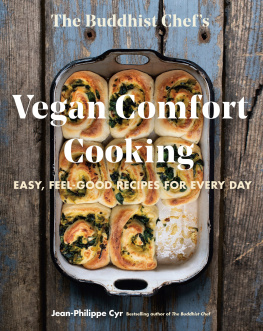
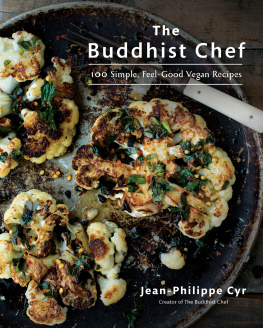

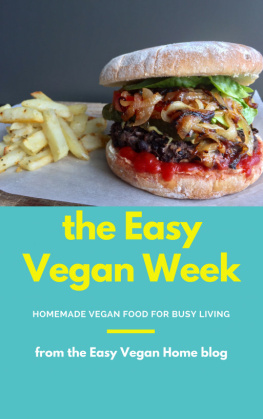
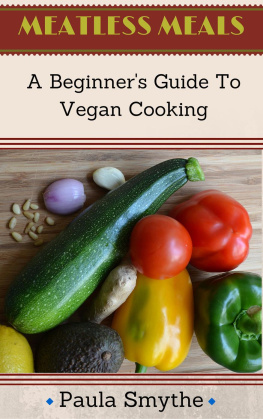
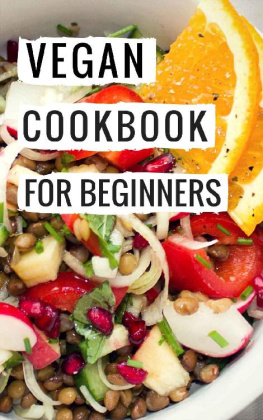

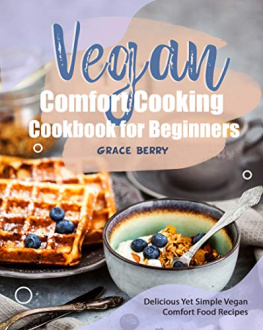
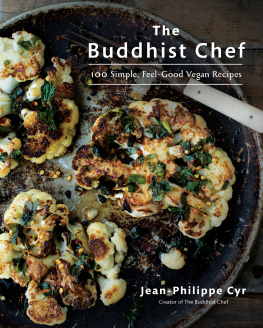
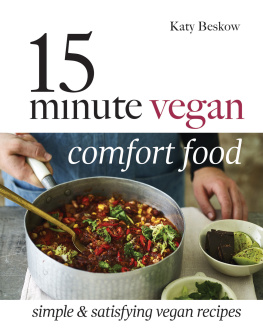
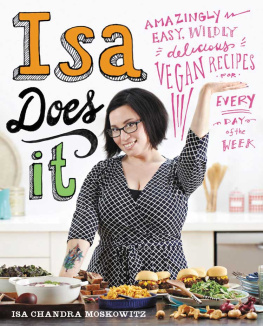
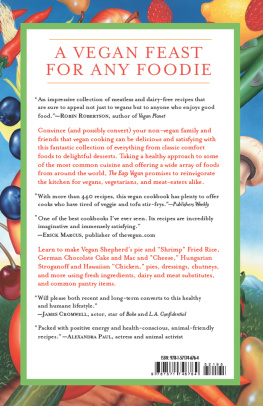
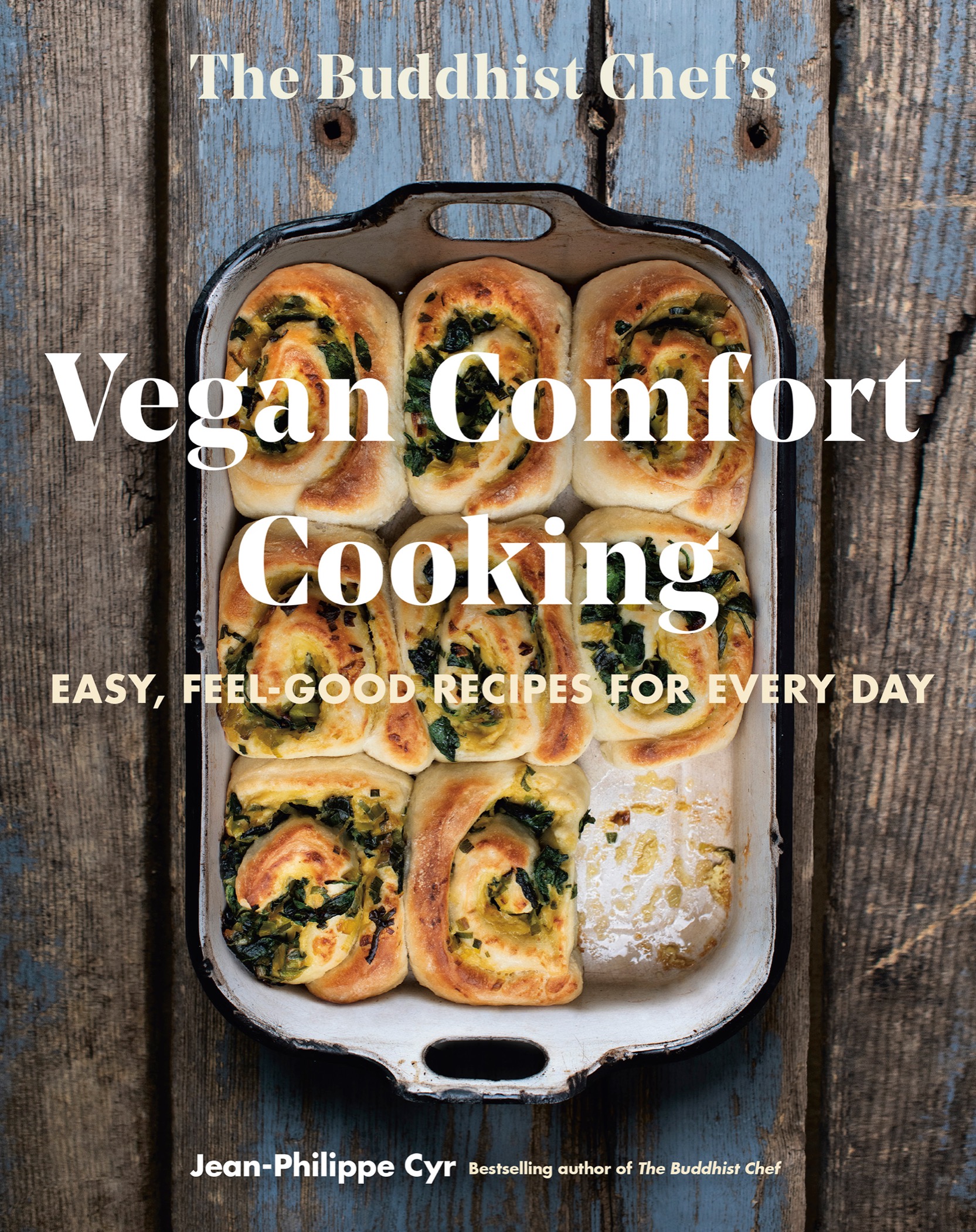

 a_prh_5.8.0_c0_r0
a_prh_5.8.0_c0_r0 


